Conference
It is a pleasure to invite you to the Conference on Durable Concrete for Infrastructure under Severe Conditions in the framework of the LORCENIS project from 10th to 11th of September 2019, in Ghent, Belgium.
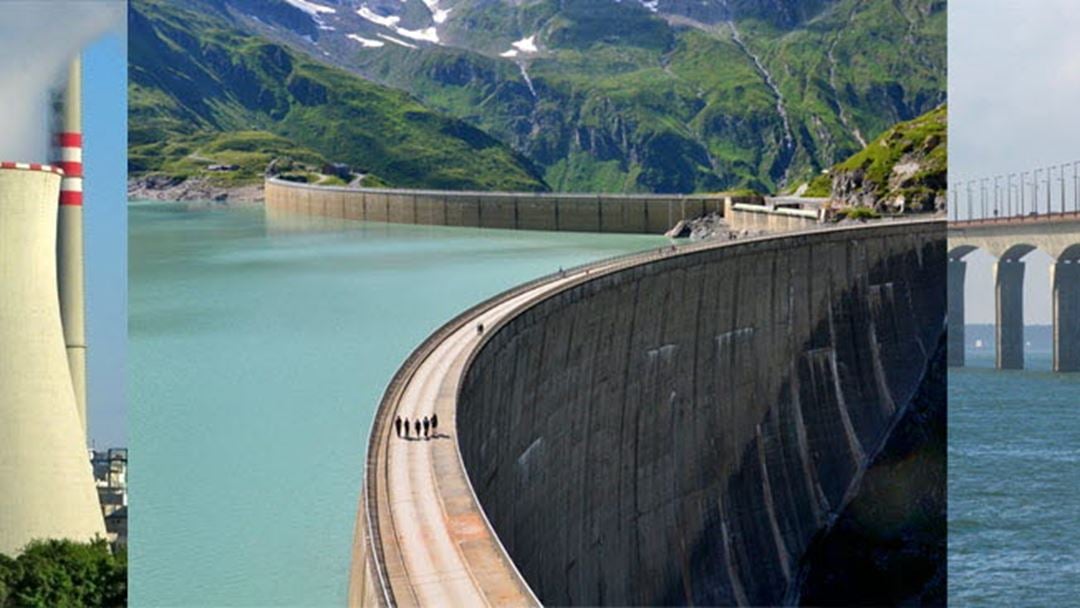
Topics and registration
Conference on Durable Concrete for Infrastructure under Severe Conditions
- Smart admixtures, self-responsiveness and nano-additions
The LORCENIS project deals with the development of long lasting reinforced concrete involving customized protection, repair and self-diagnosis methodologies for cost-efficient operation and service life extension. Looking forward to welcome you in Ghent.
Conference Topics
- Smart concrete admixtures, internal curing, self-sealing, self-healing, carbon based fillers, nanofibers, nanotubes, layered double hydroxides, nano- and microcapsules, self-healing polymers for concrete
- Effects of smart admixtures on fresh and hardened concrete properties
- Modelling and service life prediction of concrete in extreme conditions
- Durability of infrastructure in the energy sector
- Durability and sustainability of tailor-made concrete in extreme conditions
- Extreme thermal gradients
- Ice impact
- Corrosion
- Freeze-thaw
- Deep-sea
- Mechanical fatigue
- Acid attack
For more information, see the leaflet.
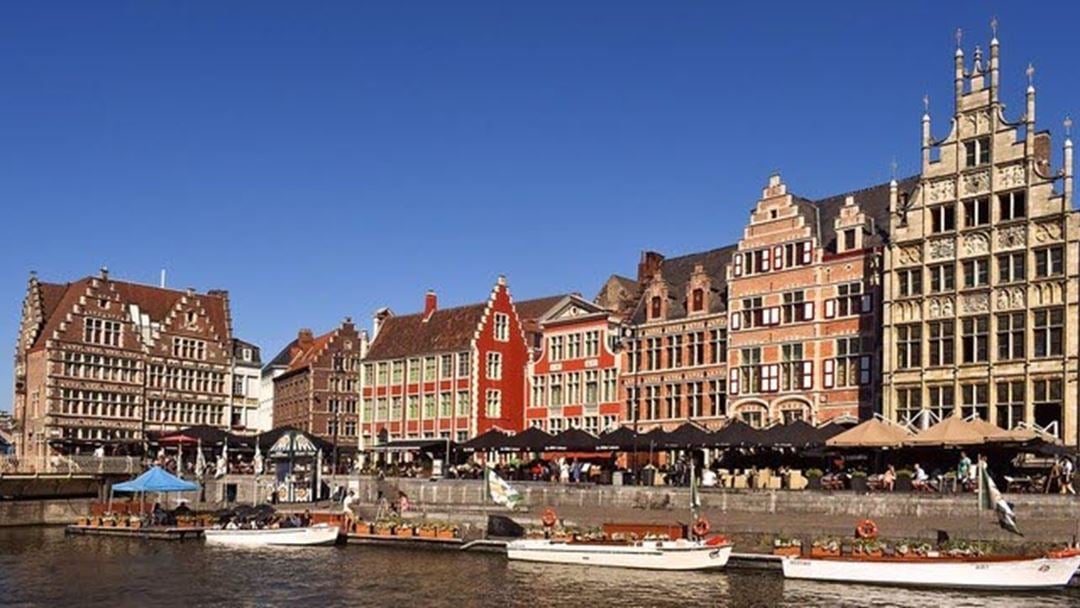
General information
Venue
Het Pand, Onderbergen 1, 9000 Ghent - Belgium
Please make your hotel bookings as soon as possible due to busy activities in September in Ghent, see hotel list.
Registration fees
Registration fees cover attendance to the conference (2 days), conference proceedings, coffee breaks and lunches, conference dinner, farewell reception
- Before 15 May 2019: 420 Euro
- After 15 May 2019: 480 Euro
For active Lorcenis partners a special arrangement is made.
Call for abstracts
Authors willing to present a paper at the conference are kindly invited to submit a 300 word abstract (Template) in accordance with the themes and topics before January 31, 2019 through e-mail to . Authors of accepted abstracts are encouraged to submit a 2/4-page paper according to the format to be announced on the website.
Announcement extended deadline
Due to several requests, the deadline for abstract submission has been extended until 31 January 2019.
Publication
Authors will be invited to submit full papers to the open access journal "Materials" (IF2017: 2.467) for a special issue on "Self-healing and smart construction materials". For a limited number of selected high-quality papers the open access publication fee will be waived.
Important dates
31 January 2019 Abstract submission
28 February 2019 Abstract acceptance notification
15 May 2019 2/4-page paper submission (template)
15 May 2019 Early bird registration
10-11 September 2019 Conference
Keynote speakers
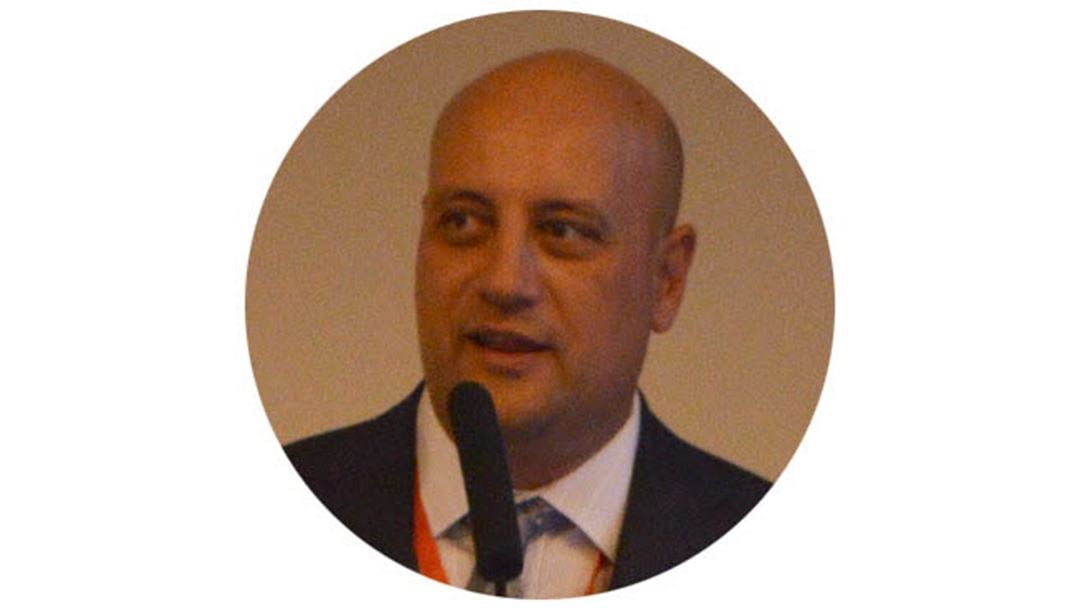
Ioannis A. Kartsonakis, NTUA, Greece
Smart admixtures with active functionality
Concrete can be nano-engineered by the incorporation of a variety of nano- and micro-sized structures with superior characteristics, such as superabsorbent polymers, carbon-based fillers, carbon nanofibers and nanotubes, hybrid organic-inorganic nanostructures, layered double hydroxides, nano/microcapsules, self-healing polymers. These materials contribute to the development of a new generation of tailored, multifunctional concrete and add self-responsive capabilities especially to concrete structures working under severe conditions.
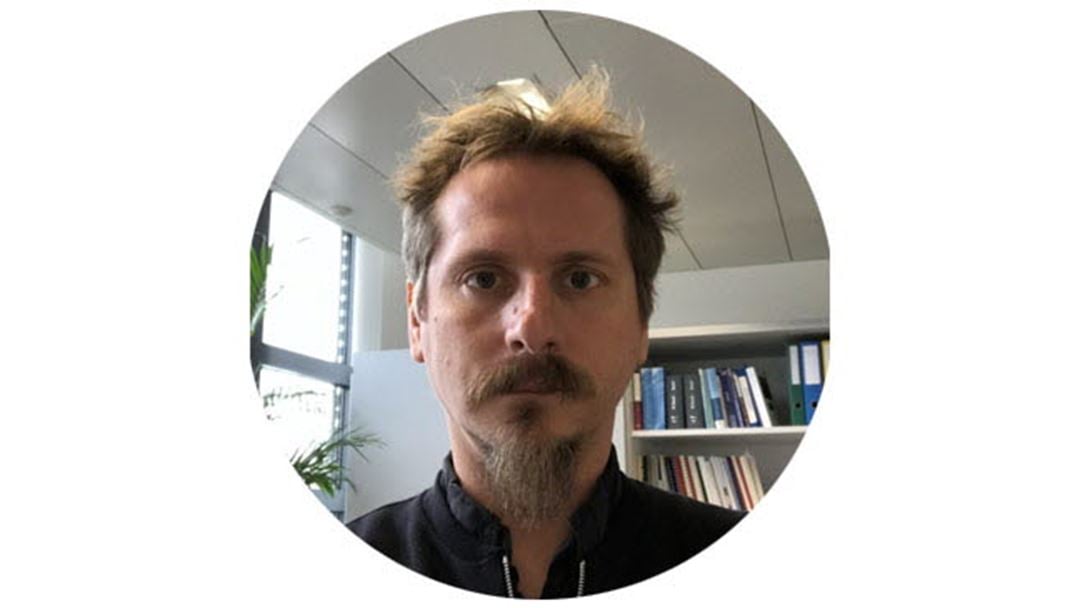
Emmanuel Galluci, Sika Technology AG, Switzerland
Multifunctional bulk reinforced-concrete materials to operate under severe conditions
The Lorcenis project has the ambition of extending the service life of energy infrastructures exposed to some of the harshest environmental conditions, through the implementation of novel additive types not used in today's concrete practice. The performance requirements implied the development of a dozen of state-of-the-art technological concrete mix designs which had to (1) meet the most challenging specifications identified through an in-depth analysis of today's field best practice and (2) be incrementally modified to afford the implementation of Lorcenis' novel additives while maintaining their fresh and hardened properties. This keynote aims at giving an overview of the whole process chain, from the identification and definition of the effective environmental conditions and their impact on exposed concrete structures, the best-in-practice corresponding concrete mix designs and their development, the implementation of the novel durability additives and evaluation of their efficiency through accelerated durability testing according to the international norm protocols.

Tony Jefferson, Cardiff University, UK
Experimental and numerical study of a vascular self-healing system for cementitious materials
One of the challenges of numerical research on self-healing cementitious materials is that the precise data needed to develop a model, and subsequently validate it, are often incomplete. To address this issue, a combined programme of experimental and numerical research has been undertaken at Cardiff University aimed at developing a comprehensive numerical model for a self-healing system based on vascular networks. The experiments undertaken to understand the behaviour of the system encompass the flow behaviour of healing agents in micro-cracked cementitious elements, the curing behaviour of a healing-agent in a cementitious environment, and multiple and overlapping mechanical damage/healing 'events'. The numerical model derived from these experimental observations is a coupled finite element model that simulates all of the aforementioned aspects of behaviour.
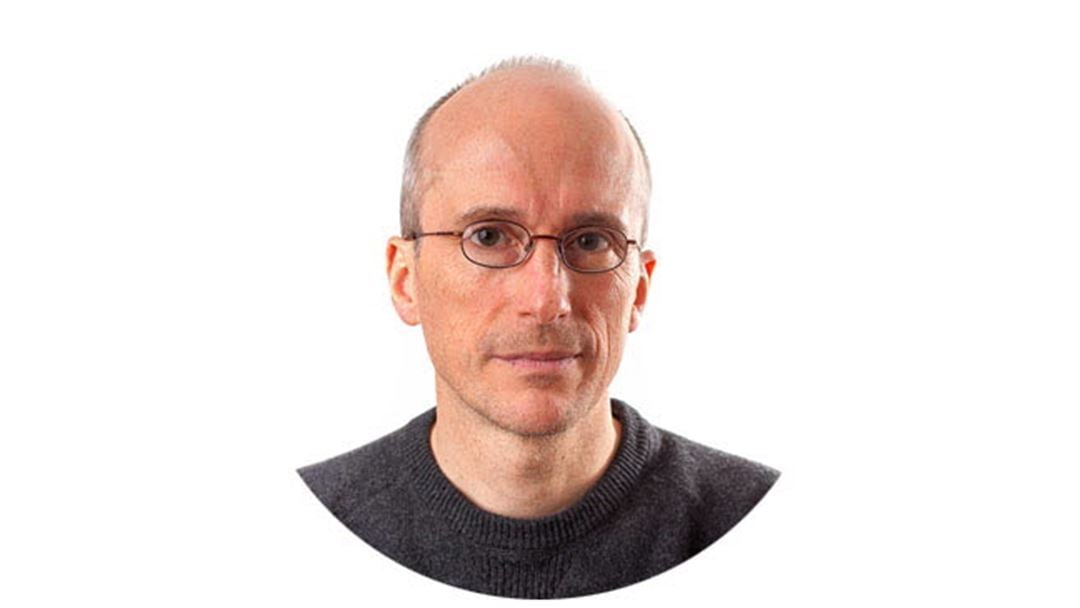
Philippe Mainçon, SINTEF, Norway
Providing engineers with a tool for the design of concrete coverage
The process leading to spalling of concrete cover of steel reinforcements involves the transport of chemical species in concrete, chemical reactions in concrete, corrosion of the rebar, and finally micro-cracking and crack coalescence around the rebar. Research models capturing this process require significant computing power, need input values that are difficult to obtain experimentally and must be operated by specialists. This effectively puts such models out of reach of engineering practice. In the LORCENIS project, one goal has been to create a tool simple enough for routine use in the design of concrete coverage.
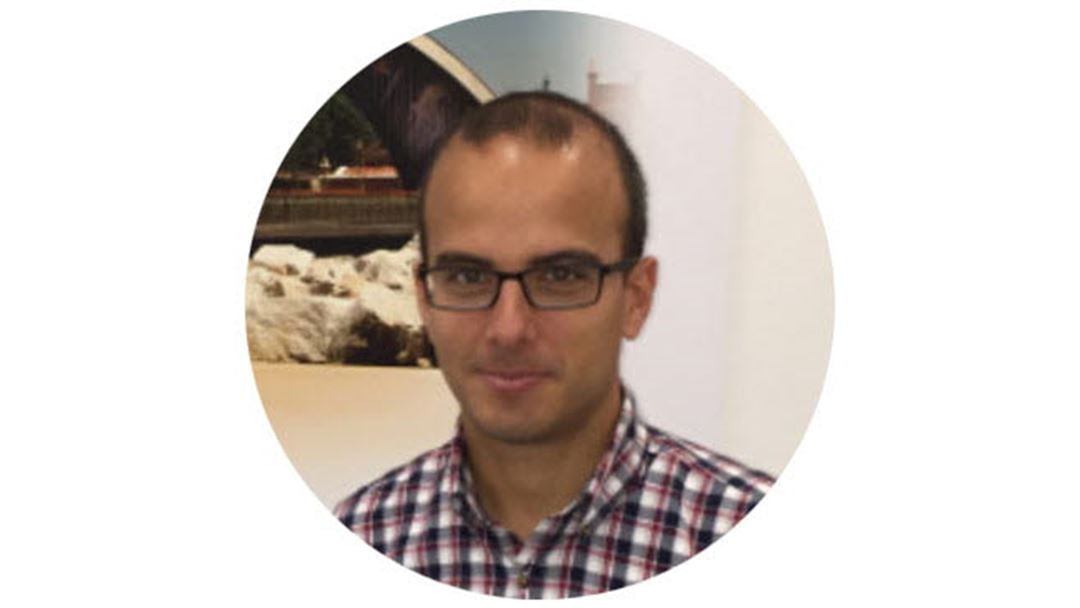
Jose Vera Agullo, ACCIONA Construction S.A., Spain
Durability of concrete infrastructure and the role of smart self-responsiveness admixtures
ACCIONA Construction S.A., a Spanish contractor, is deeply interested in offering to its clients long service life-spans for the infrastructure delivered. There is a clear tendency in the sector of clients asking for longer life spans than ever, up to 120 years in critical structures like bridges. This tendency is pushing the civil engineering technology to search for innovative and reliable solutions. One part of this effort is focused on the material science and technology, and more specifically in the development of self-responsiveness admixtures to be used in concrete. In this work, a summary of the approach of the LORCENIS project is given, showing the demonstrators built in different harsh scenarios: North sea, mechanical fatigue, thermal fatigue and acid attack.

Nadia Al-Ayish, RISE, Sweden
Safety and sustainability of new admixtures for durable concrete
The sustainability of concrete infrastructure is highly dependent on the durability. A longer service life with low repair work reduces the resource use and hence the greenhouse gas emissions. New admixtures based on nanomaterials have the possibility to increase the service life. However, it is also important to consider the embodied impact of the material and safety issues concerning new nanomaterials. Here we present an overview on the safety and sustainability of some novel admixtures.
Conference program
Topics/Abbreviations
S1: Development of smart admixtures with active internal curing, self-sealing or self-healing properties
S2: Design of reinforced concrete tailored for extreme conditions - compatibility of smart admixtures and effects on fresh and hardened concrete
S3: Modelling and service life prediction of concrete in extreme conditions
S4: Durability of infrastructure in the energy sector; durability and sustainability of tailor-made concrete in extreme conditions
K - Keynote lecture (25’ presentation + 5’ discussion)
O - Oral presentation (12’ presentation + 3’ discussion)
P - Poster presentation
